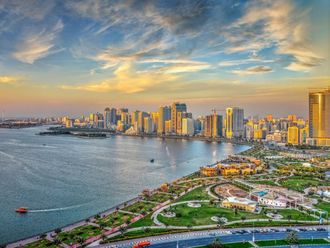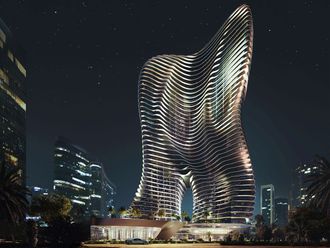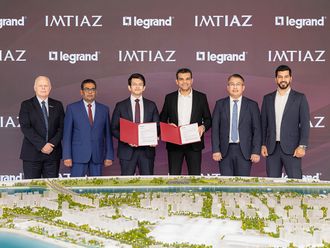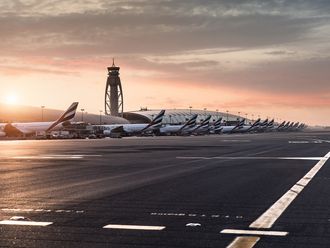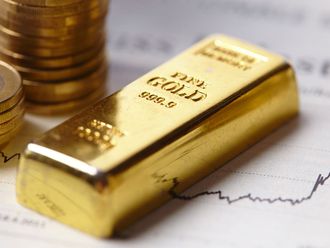
Dubai : The Palm Jumeirah is the first in the Palm trilogy of artificial islands in Dubai, on which major commercial and residential infrastructures are being constructed.
The island was reclaimed by Nakheel, a property developer that has hired Belgian and Dutch dredging and marine contractor Jan De Nul and Van Oord — some of the world's specialists in land reclamation — for the prestigious project.
The other islands in the trilogy include Palm Jebel Ali and the Palm Deira.
Each settlement in the Palm Jumeirah is set to be in the shape of a palm tree, topped with a crescent.
These will have a large number of residential, leisure and entertainment centres.
The first two islands' reclamation comprised approximately 100 million cubic metres of rock and sand. The creation of the Palm Jumeirah began in June 2001. Shortly after, the Palm Jebel Ali was announced and its reclamation work began too.
The Palm Deira, which is planned to have a surface area of 46.35 square kilometres, was announced for development in October 2004.
The construction was originally planned to take 10-15 years, but that was before the impact of the global credit crunch hit Dubai.
The Palm Islands are artificial peninsulas constructed using sand from the bottom of the Gulf.
The sand is sprayed by the dredging ships onto the required area in a process known as rainbowing.
Special effects
The outer edge of each Palm's encircling crescent is a large rock breakwater.
The breakwater of the Palm Jumeirah has over seven million tonnes of rock. Each rock was placed individually by a crane, signed off by a diver and given a GPS coordinate.
The Jan De Nul Group started working on the Palm Jebel Ali in 2002 and commenced work by the end of 2006.
The reclamation project for the Palm Jebel Ali included the creation of a four kilometre peninsula, protected by a 200-metre-wide, 17 kilometre circular breakwater.
Around 210 million cubic metres of rock, sand and limestone were reclaimed.
There are approximately 10 million cubic metres of rock in the slope protection works.
The Palm Jumeirah can be seen from the International Space Station.
It consists of a tree trunk, a crown with 17 fronds, and a surrounding crescent-shaped island that forms an 11 kilometre breakwater.
The island itself is five kilometres by five kilometres with an additional 78 kilometres added to the Dubai coastline.
The Palm Jumeirah has already created 4,000 residences in a combination of villas and apartments.
Residents began moving into their Palm Jumeirah properties at the end of 2006, five years after land reclamation began.
This signalled the end of phase one of the island's construction.
This includes approximately 1,400 villas on 11 of the fronds of the island and roughly 2,500 shoreline apartments in 20 buildings on the east side of the trunk.


